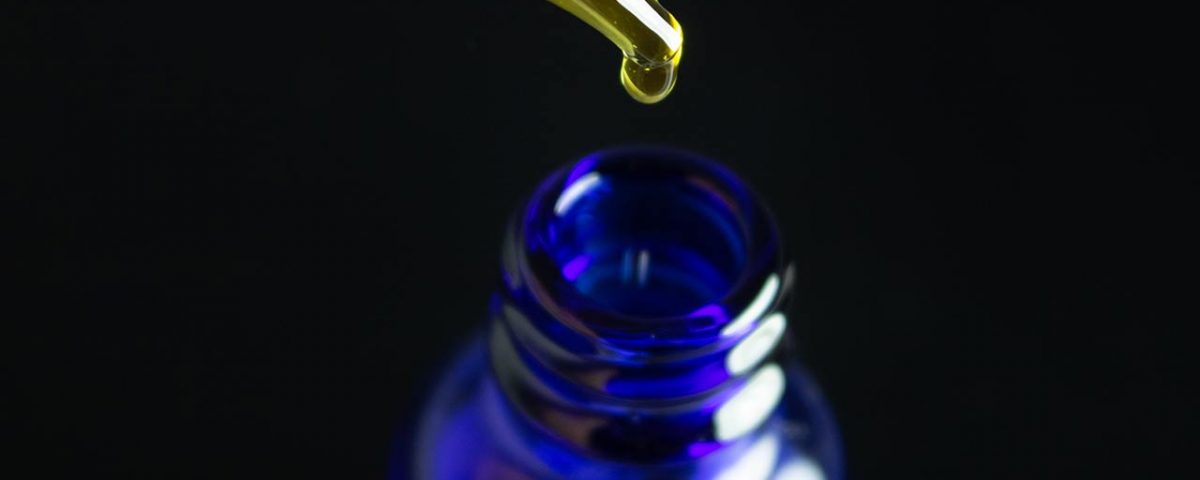In Victorian-era Europe and North America, laudanum was used to alleviate all kinds of ailments, including pain, asthma, headaches, alcoholics’ delirium tremens, gastrointestinal diseases, menstrual cramps, and more. Doctors were impressed by how rapidly the drug took effect, almost as if they were given a magic wand.
Nowadays, doctors are more aware of opium’s effects, especially its high potential for abuse. Today we’re diving into laudanum addiction and how it affected users.
What Is Laudanum?
Laudanum is a tincture, which is a solution of a dissolved drug mixed with alcohol. Also called a tincture of opium, laudanum is composed of 10 percent opium powder by weight and varying amounts of alcohol.
Laudanum is made by dissolving extracts from the opium poppy in alcohol, creating a reddish-brown and extremely bitter solution. Opium tinctures such as laudanum usually contain 25 percent ethanol (alcohol), with some carrying up to 60 to 90 percent of alcohol.
A simple answer to “what is laudanum?” is that laudanum is a highly concentrated mixture of addictive substances like opium, alcohol, codeine, and morphine.
But is laudanum still used today? Although laudanum use is rare nowadays due to the creation of safer opioid medications, laudanum is used to alleviate certain ailments in rare cases, such as:
- Acute or persistent diarrhea: This is usually the last resort if the medication loperamide (brand name Imodium) is not effective.
- Neonatal abstinence syndrome: Doctors may use laudanum to alleviate acute opiate withdrawal symptoms in newborns whose mothers abused opioids while pregnant.
- Moderate to severe pain: Like oxycodone and hydrocodone, laudanum may also be used to treat pain, although it’s rare.
Laudanum remains available by prescription in the U.S. under the generic name “opium tincture” and in Europe and the United Kingdom under the trade name Dropizol. Laudanum use is most common among patients suffering from diarrhea when other medications have failed.
Opium Tincture Side Effects
Because laudanum contains two central nervous system depressants – liquid opium and alcohol – its side effects are sedative and relaxing to help alleviate pain and treat diarrhea by slowing the movement of the intestines.
Alone, opium activates opioid receptors in the body, binding to them to block pain signals. Alcohol, on the other hand, activates a neurotransmitter called GABA, which inhibits neural activity in the central nervous system, promoting sedation and relaxation.
Nowadays, doctors and warning labels alike advise against the use of opioids and alcohol because both drugs are depressants and can lead to severe side effects, such as respiratory depression. However, before these risks were better understood, laudanum was a popular medication.
Some common opium tincture side effects include:
- Sedation
- Low blood pressure
- Constipation
- Drowsiness
- Fainting
- Dizziness
- Nausea and/or vomiting
- Lightheadedness
- Generalized weakness
- Malaise (feeling of discomfort)
Because laudanum contained two highly addictive substances, it was, of course, addictive. However, before the concept of opioid addiction was understood, laudanum use and the use of other opioids led to an addiction epidemic in the 1800s that affected roughly 1 in every 200 Americans.
Today, the United States is currently going through another opioid epidemic, mirroring the overuse of opioids seen throughout history.
Does Tincture of Opium Get You High?
So what makes laudanum addictive? Like other opioids, the tincture of opium can produce a euphoric and relaxing high by affecting certain chemicals or neurotransmitters in the brain, particularly dopamine.
Dopamine is considered a feel-good chemical that’s linked to feelings of pleasure and reward. In addition to blocking pain signals, laudanum also increases dopamine levels in the brain and inhibits the brain from reabsorbing the excess.
This flood of dopamine then contributes to a rush of euphoria. Dopamine is usually released naturally whenever we do something enjoyable, such as eat or have sex.
But opioids like laudanum are addictive because of their impact on dopamine levels. When dopamine is released, the reward system in the brain is activated, a feeling that contributes to further drug-taking behavior.
Laudanum Withdrawal
Laudanum can produce tolerance and physical dependence. When a person becomes tolerant to a drug, they require more of it to experience the same effects.
Physical dependence usually results from tolerance. Physical drug dependence occurs when the brain becomes accustomed to a drug’s side effects and struggles to function normally without it.
Prolonged use of laudanum changes the way nerve receptors in the brain work, and these receptors become dependent on the substance to function normally. To put it into perspective, laudanum acts on dopamine and serotonin receptors to produce sedation, alleviate pain, and slow intestinal movement.
When laudanum is abused or taken for long periods, the body slowly becomes used to being in this consistent state of sedation. If the person were to drastically reduce their use or stop using the drug cold turkey, these responses are no longer sedated and may bounce back and produce uncomfortable withdrawals.
The intensity of laudanum withdrawals depends on various factors, such as how long the person has been using the drug and their regular doses. Symptoms of laudanum withdrawal can begin as quickly as 24 hours after the last use and last up to a week.
Common laudanum withdrawal symptoms include:
- Muscle aches
- Restlessness
- Irritability
- Anxiety
- Eyes tearing up (lacrimation)
- Runny nose
- Excessive sweating
- Inability to sleep
- Yawning constantly
- Diarrhea
- Stomach cramping
- Nausea and vomiting
- Dilated pupils
- Blurred vision
- Goosebumps on the skin
- Rapid heartbeat
- High blood pressure
Opioid withdrawal symptoms, in general, can be highly uncomfortable and painful. Considering that laudanum also contains alcohol, the individual may also experience withdrawal symptoms like shaky hands, hallucinations, and fever.
If you’ve noticed that you need more of your prescription medication to experience relief or the same effects, you may be physically dependent. If so, contact your doctor right away to discuss any alternative medications or changes in dose to avoid addiction.
Help for Opioid Addiction
Although laudanum is rarely used today and mostly to treat diarrhea, it’s a highly addictive drug that can lead to dependence and addiction quicker than you realize. Many people don’t even realize they’re dependent on their medications because withdrawals often mimic the symptoms of flu or a bad cold.
However, if left unchecked, physical dependence can contribute to drug abuse, which can result in addiction. The good news is that treatment is available.
Our drug rehab in Illinois offers opioid detox to help wean patients off of drugs like laudanum, oxycodone, hydrocodone, and more. Our medical staff provides 24-hour care and medication (as needed) to alleviate patients’ symptoms and reduce their likelihood of relapse.
Following detox, patients may move on to prescription or opioid addiction treatment. Patients in our rehab programs work with counselors individually and in groups with other patients to learn more about their conditions and develop skills they’ll need to sustain a sober lifestyle after rehab.
Whether it’s laudanum addiction or any other form of drug or alcohol use disorder, our Heartland drug rehab can help. We offer everything you or your loved one needs to achieve long-term sobriety.
To learn more about our inpatient substance abuse treatment in Illinois, call Banyan Treatment Centers today at 888-280-4763.
Related Reading:
Opioids and Weight Loss
List of Opioids Strongest to Weakest








